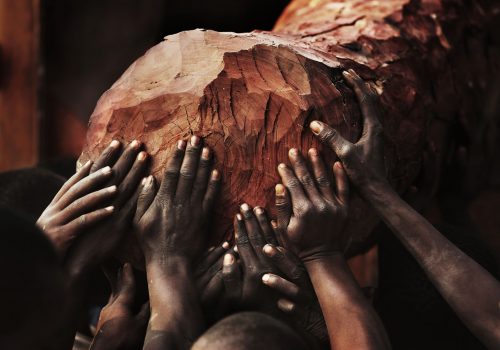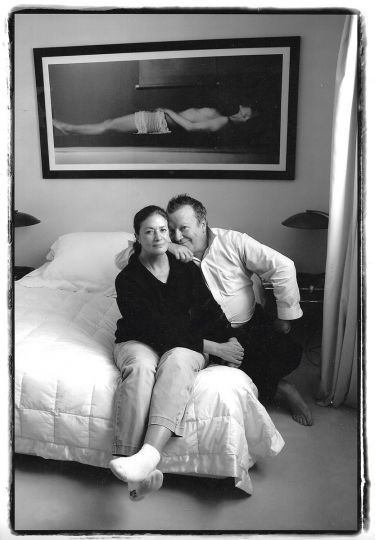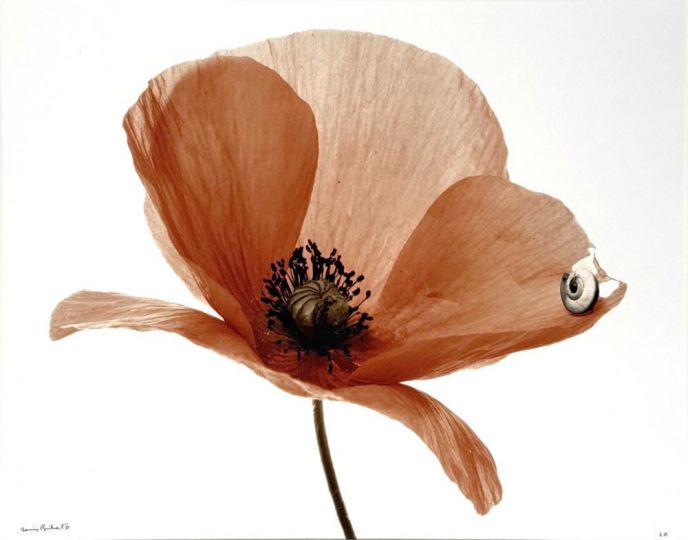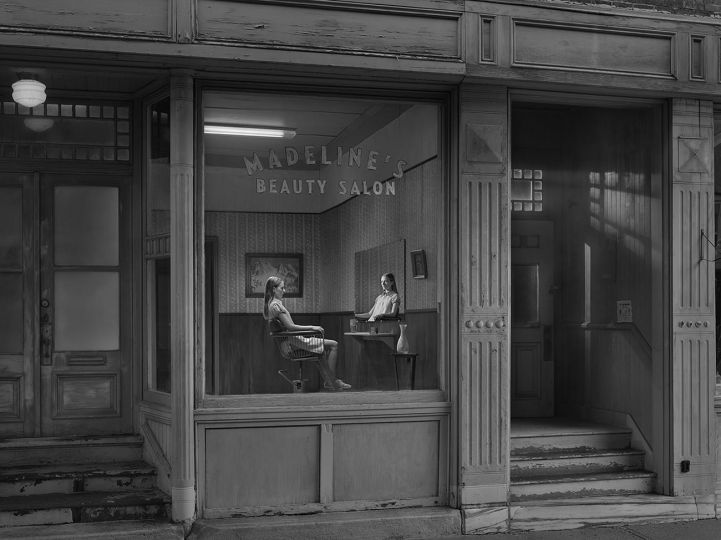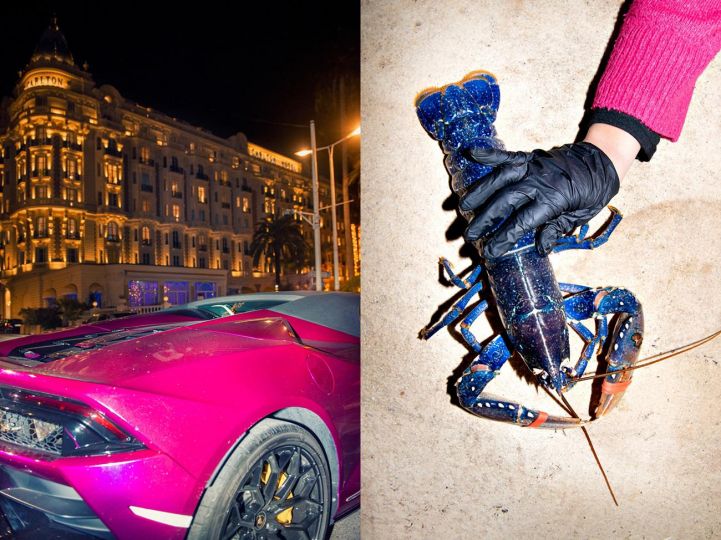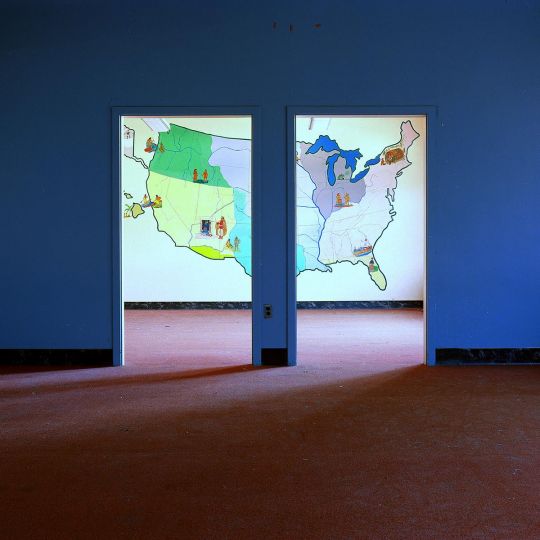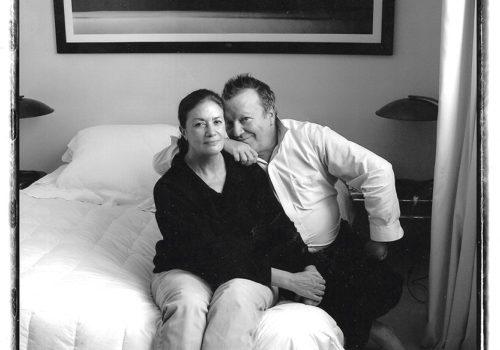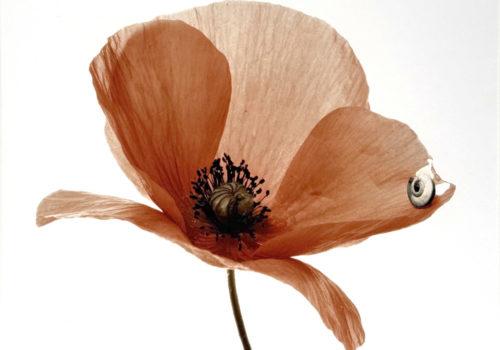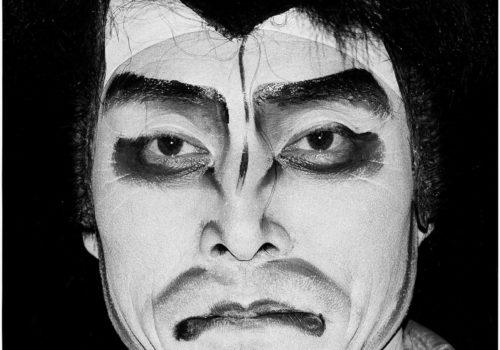The rise of China has been accompanied by a voracious demand for raw materials such as oil and minerals, as it has brought widespread prosperity to the Chinese mass, a boom in consumption and in real estate development has led to new demand in home decoration and furniture. Less well known are the unsuspected consequences on the world’s ecosystem such as rhino horn and elephant ivory, even less is the critical threat on the sustainability of Africa’s tropical forest.
Today due to high demand from rich Chinese, the Sandalwood has become a scarcity, therefore Chinese traders have switched to an alternative, sourcing a variety of Bloodwood (Mukula) from Central and Southern Africa that could pass for Sandalwood to the undiscerning eyes of most consumers.
Reports say 75% of Africa’s wood production are exported to China, making timber China’s third biggest imported raw material. And most of the African forest are exploited illegally, since the Congo Basin represents the second lungs of the earth, unsustainable deforestation will have severe consequences in the short term. Greenpeace has been trying to draw international attention and lobbied the Chinese government on the issue.
That is the background that has motivated photographer Lu Guang to undertake this journey to one of the poorest, most troubled and dangerous countries in the world, it is also the first mission for the award winner photographer outside the familiar territory of China.
This never before seen exhibition shows Lu Guang’s full-fledge reportage from the conditions of the logging teams living in the forest, to their cutting down the Bloodwood trees with bare primitive axes, to their collectively lifting 300kg logs with their bare hands onto trucks, to the cross-continent journey to meet the Chinese traders at the sea ports, to loading them onto containers to be shipped to China. In Zhejiang Province at the Zhangjiagang port, Lu Guang followed the delivery containers to the red wood market so-called “Bloodwood City” and finally to the workshops and furniture factory where bloodwood goes through the final stage of processing into finely carved luxury furniture.
Remarkably Lu Guang’s observation as a Chinese photojournalist on the impact of China’s fast and furious development in the poorest and most turbulent places in the world, namely the African rainforest, deserves that we stop and pause and think about our identity as members of the one club: planet earth. And the implication in the association of the two words “blood” and “wood” that lies beneath each of the exhibit, in the rapport between mankind and Mother Nature.
Jean Loh
Jean Loh is a writer specializing in photography. He lives and works in Shanghai, China.
Lu Guang, Blood Wood
October 14, 2017 to February 23, 2018
Beau Geste Gallery
210 Taikang Rd, DaPuQiao
卢湾区 Shanghai Shi
China 200025
http://www.beaugeste-gallery.com/

